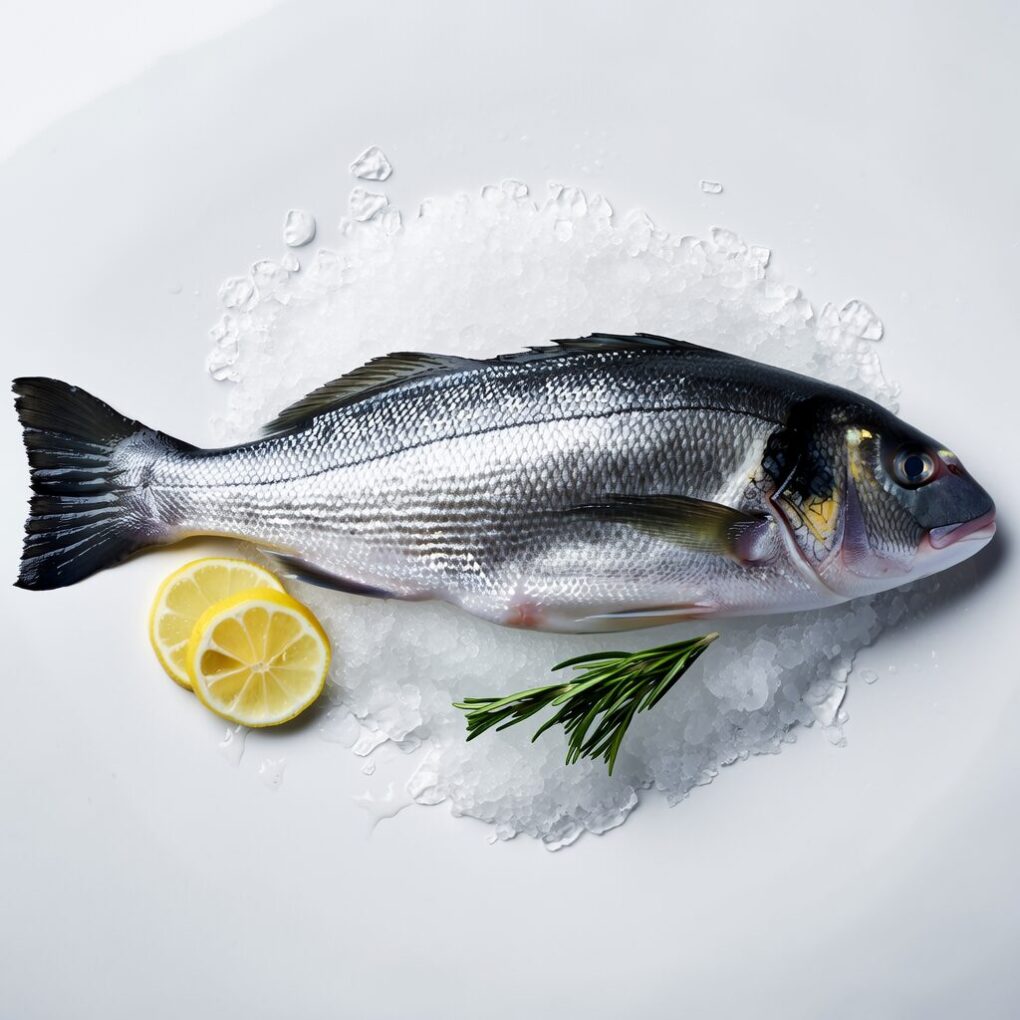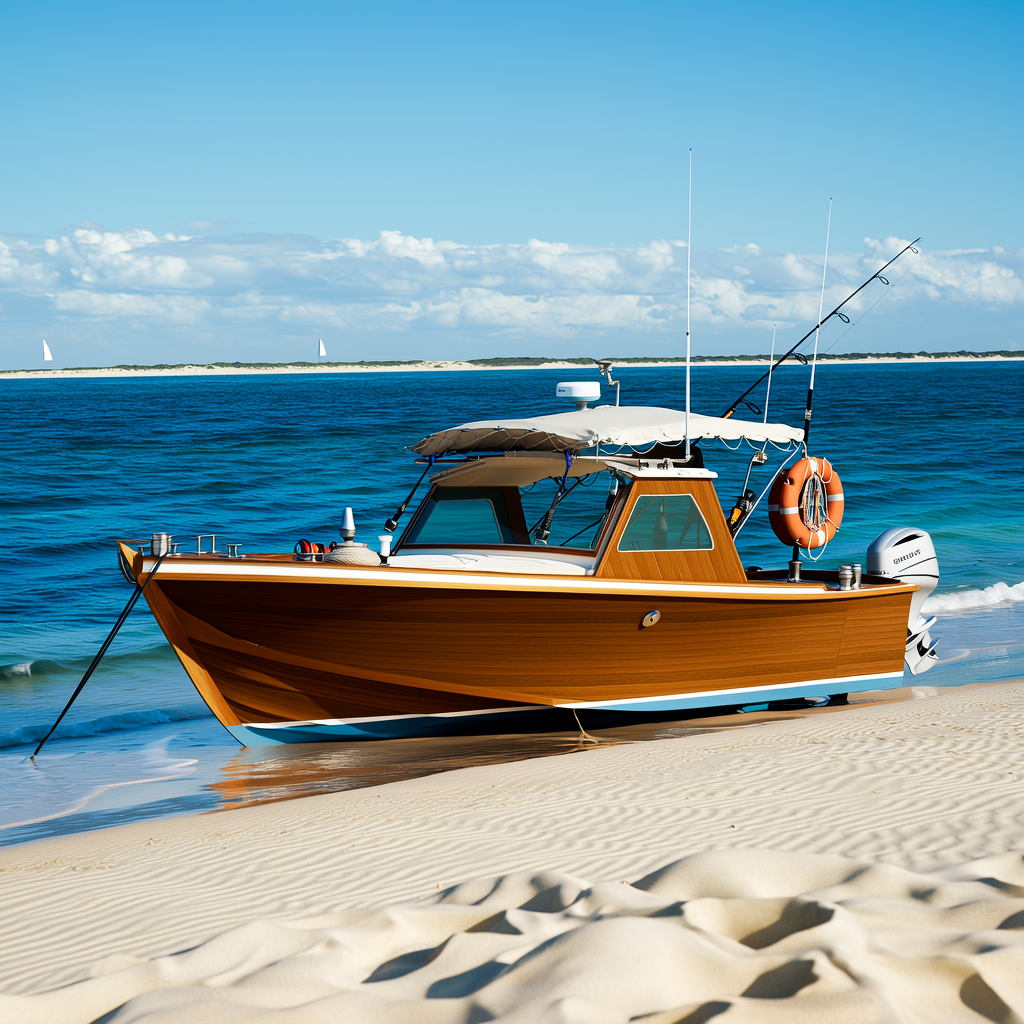Are you looking to have a challenging and unique fishing experience? Clown knife fishing might be for you. Clown knife fish, also known by Chitala ornata freshwater fishes, are native to Southeast Asia. They are well-known for their sleek, silver bodies with black spots and stripes that make them look like clowns. These fishes can reach up to 4 feet in length and can weigh more than 30 pounds. This makes them a difficult catch for anglers. This guide will cover all aspects of clown knife fishing.
Clown Knife Fishing Is Popular
In recent years, clown knife fishing has been gaining popularity among fishermen. Clown knife fish are a challenge. They are intelligent, elusive, and hard to catch. They are well-known for their ability to leap out of the water when hooked. Anglers love the challenge of catching clown knife fish and feel a sense accomplishment.
Clown knife fishing is also popular due to the beauty of the fish. They are distinguished from other freshwater fishes by their unique appearance. They are a popular choice for anglers looking for something different.
When and where to catch Clown Knife Fish
Clown knife fish are found primarily in Southeast Asia. However, they have been introduced to other parts, including Florida in the United States. They can be found in warm, freshwater bodies such as rivers, lakes and ponds. They prefer slow-moving water, and they are often found near fallen trees or vegetation.
The best time to catch clown-knife fish is during their feeding hours, which are usually in the morning or in the evening. Anglers should also be looking for shallow water areas as this is where these fishes live. Clown knife fish are more active in the warmer months.
Equipment and baits for Clown Knife Fishing
Anglers should use a medium- to heavy-duty rod and a fast reel when it comes to equipment. The rod should be strong enough to handle the weight of large clown knife fish. The reel should also have a smooth drag system as clown knife fish are known to be strong fighters and can pull out a lot of line.
For clown knife fish, live baits are the best. These fish prefer live bait such as bluegill or shiners over artificial baits. Anglers may also use poppers and jerk baits. It is important to match the bait’s size and color to the fish in the area.
Clown Knife Fishing: Fishing Techniques
Clown knife fish are notorious for being difficult to catch so it is important to use the correct fishing techniques when targeting them. Anglers should use a Carolina rod when using live bait. This will allow the bait move freely and make it more appealing to clown knife fish. Anglers should also use a slower retrieval speed as these fishes are more comfortable with slow-moving baits.
Anglers should use a mixture of popping and jerking actions when using lures. This will create an attractive action that will draw a clown-knife fish’s attention. Anglers should also experiment with different lure colors to determine which one is most effective in their area.
Tips for Clown Knife Fishing Success
Here are some tips for a successful clown knife fishing trip
- Do your research about the area you are planning to fish. Look for clown knife fish-friendly areas. This will increase your chances to catch one.
- Use the right equipment and baits. Your rods, reels, baits, and other equipment should be appropriate for the area.
- Fish during feeding times. Clown knife fish are more active during feeding times, which are usually early in the morning or late at night.
- Be patient. It can be difficult to fish with clown knives, so patience and persistence are essential.
- Use catch and release. Clown knife fish aren’t native to Florida and overfishing can cause damage to the local ecosystem. To preserve the environment, practice catch and release.
Conclusion
Clown knife fishing offers anglers a unique and challenging experience. These charismatic fishes are a popular choice among anglers. They provide a sense accomplishment when caught. This guide will help you increase your chances of catching a clown fish and make fishing trips more enjoyable.




